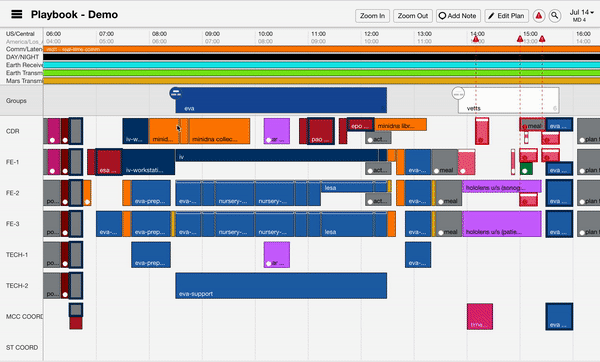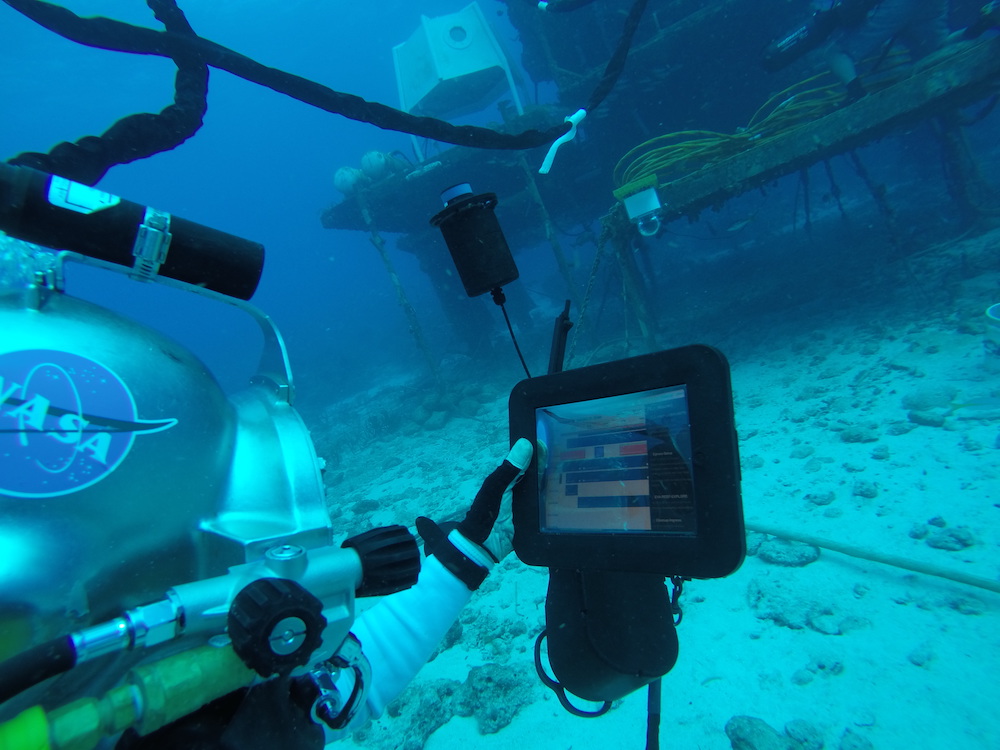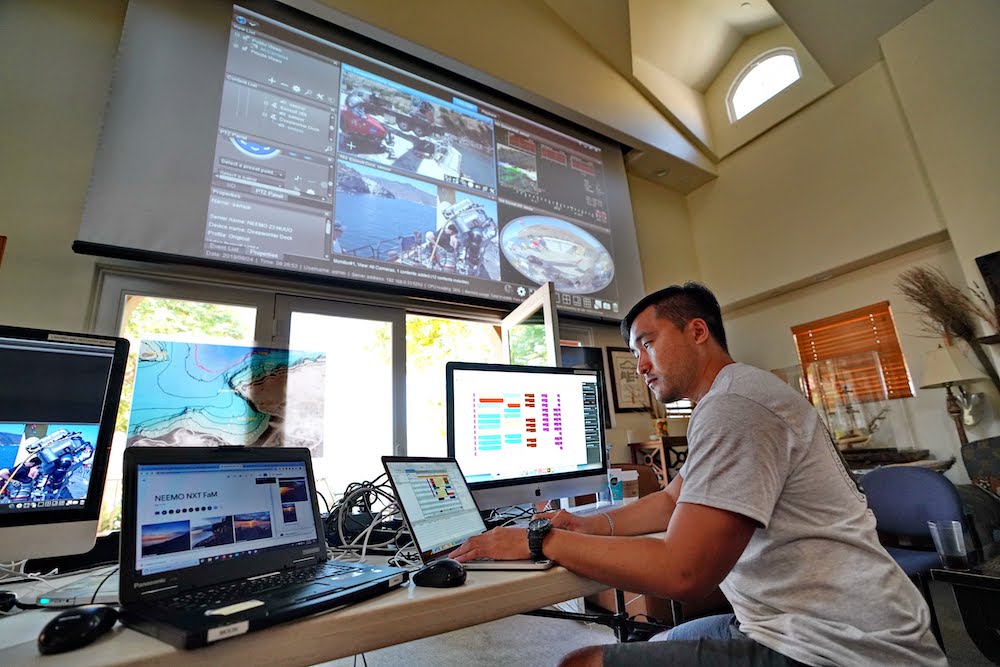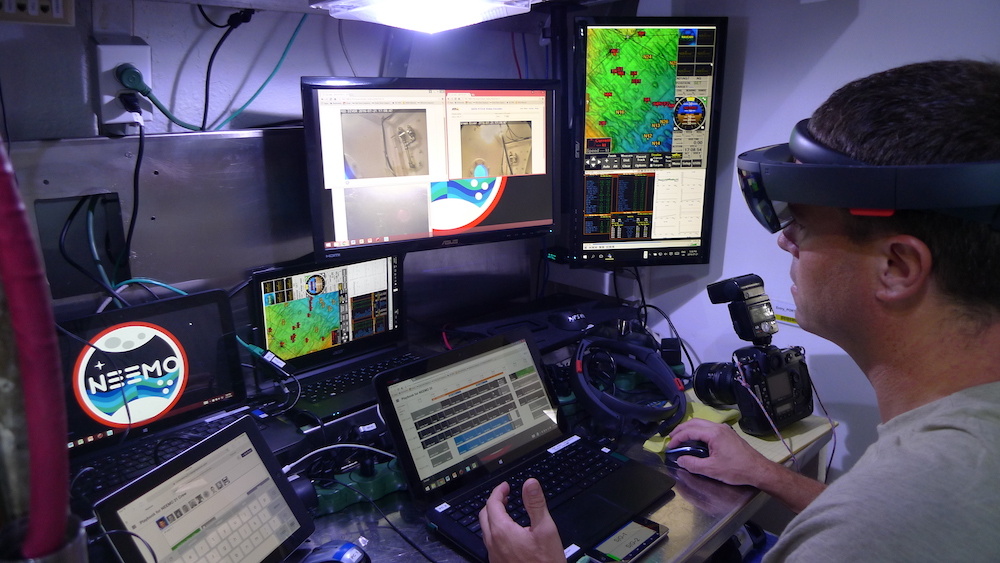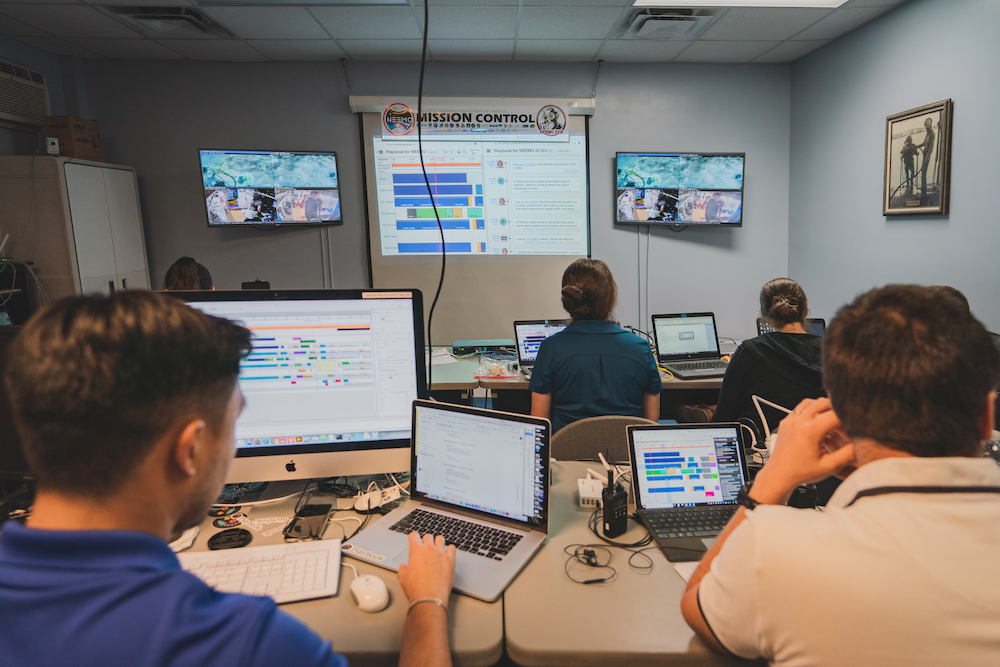Playbook
Next-generation mission planning and execution
As humanity ventures further and further into space, one of the challenges that NASA faces is the effect of communication delay on mission planning. From Mars, communication to Earth and back can take up to an hour, which causes serious consequences in terms of executing a plan. Because the crew in space cannot instantaneously communicate with mission control on Earth, neither side has true awareness of the state of the other. Playbook is the tool being developed to study and address some of these delay-related challenges, specifically with plan execution and operational communication.
Role: Design Lead
Contribution: UX/UI Design, Design System Development, Design Strategy, Domain/User Research, Usability Testing, QA Testing
Team/Timeframe: NASA/Current

